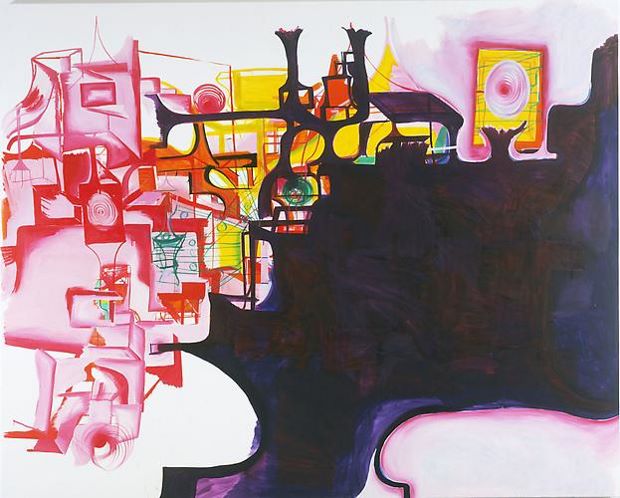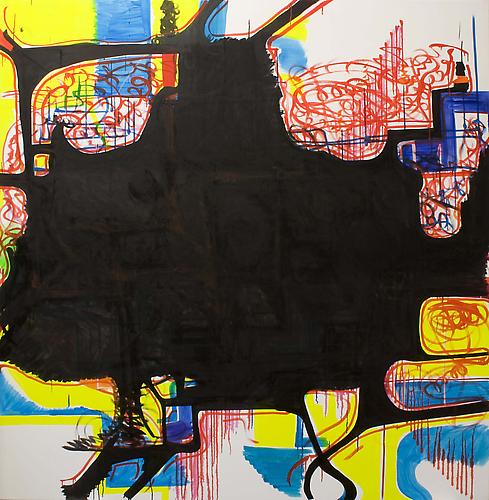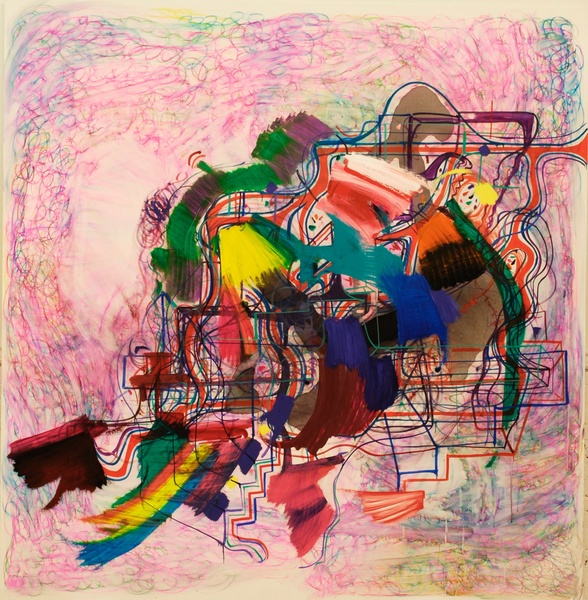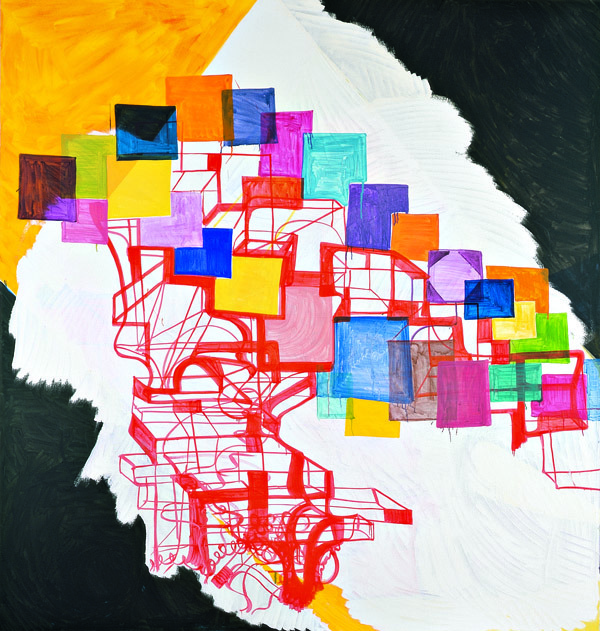
When colour brings structure
As architecture they would be unbuildable; as music, they would be unplayable, so why are these paintings a joy?
Featuring the work of 80 contemporary artists, Painting Abstraction: New Elements In Abstract Painting by Bob Nickas is an excellent, compendious study which gives the lie to the notion that 21st century art is all about performance, multimedia or site-specific installations. Lured by the great traditions of abstract painting, from Picasso to Pollock to Pop Art, it seems that an increasing number of young artists are returning to the canvas.

One particularly striking example is that of Joanne Greenbaum, who features in the chapter Colour and Structure. For Greenbaum, as she puts it, “The colour becomes the structure”. Colour is her first principle, her basic building block. When she embarks on a painting, she does so with no preset idea of what the outcome will be – like a free improviser, she simply begins to paint, “trying to figure it out as I go, but then knowing when to stop before resolution sets in.”

The results of this approach, however, are neither speedy nor slapdash – she is a meticulous and relatively slow worker, who uses small brushes in order to show the evidence of her hand in the paintings. The results, such as Hollywood Square (2008) or Spoiler Alert (2007) are quite glorious – automatic yet somehow machine-like and, of course, supremely colourful, reminding us a little of the adventures of a Kandinsky.

Moreover, these are aesthetic events which could take place in no other realm but the visual arts. As Nickas puts it, “As architecture they would be unbuildable; as music, they would be unplayable.” As paintings, however, they are a sheer, idiosyncratic joy.
Enjoyed this? Well, there's plenty more in the book. Why not order a copy of our newly updated Painting Abstraction, the most authoritative book on abstract painting currently available?